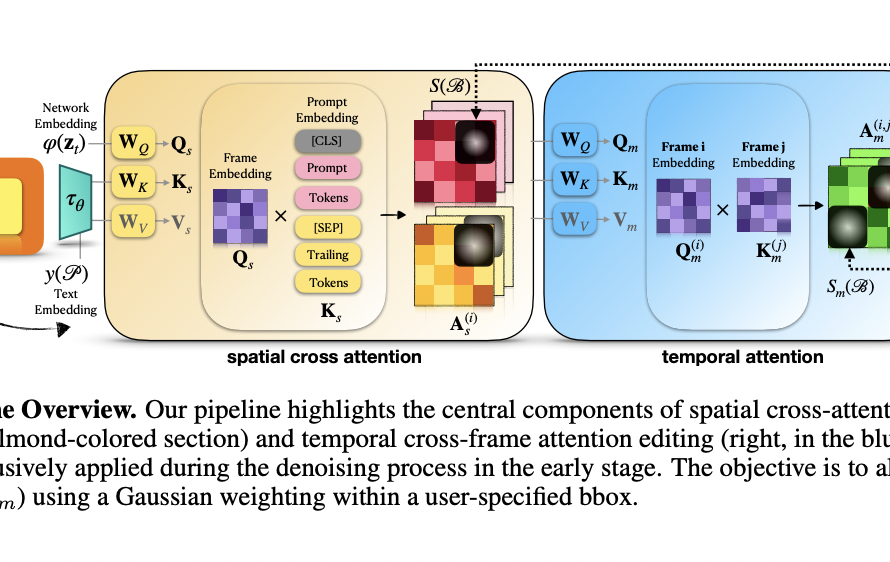A crucial area of interest is generating images from text, particularly focusing on preserving human identity accurately. This task demands high detail and fidelity, especially when dealing with human faces involving complex and nuanced semantics. While existing models adeptly handle general styles and objects, they often need to improve when producing images that maintain the intricate identity details of human subjects.
The main challenge this research addresses is enhancing the controllability and fidelity of image generation from text, specifically for human subjects. Existing methods, reliant on detailed textual descriptions, often need to achieve a strong semantic connection with the desired identity in the generated images. The objective is to create a method that effectively balances high fidelity to the reference image with the flexibility to create diverse images based on that identity without demanding extensive resources or multiple reference images.
Present approaches in personalized image generation can be broadly categorized into two types: methods requiring fine-tuning during testing and those that do not. While accurate, fine-tuning methods, like DreamBooth and Textual Inversion, are resource-heavy and impractical for scenarios with limited data. On the other hand, methods that bypass fine-tuning during inference often fall short in creating high-fidelity, customized images due to their reliance on CLIP’s image encoder, which generates only weakly aligned signals.
The researchers from the InstantX Team have developed InstantID, an innovative approach focusing on instant identity-preserving image synthesis. This method distinguishes itself by its simplicity, efficiency, and ability to handle image personalization in any style using just one facial image while maintaining high fidelity. InstantID employs a novel face encoder to retain intricate details by adding strong semantic and weak spatial conditions, incorporating facial images, landmark images, and textual prompts to guide the image generation process. The key aspects of InstantID are its plug-and-play nature, compatibility with pre-trained models and its tuning-free inference process.
InstantID’s performance is notable for its ability to preserve facial identity with remarkable fidelity using only a single reference image. It achieves this through a novel face encoder that captures detailed identity semantics. This highly economical and practical method makes it an ideal solution for various real-world applications. InstantID’s unique approach includes:
- Innovative Face Encoder: Unlike previous methods relying on a CLIP image encoder, InstantID uses a face encoder for stronger semantic detail capture, ensuring high fidelity in ID preservation.
- Efficient and Practical: It requires no fine-tuning during inference, making it highly economical and practical for real-world applications.
- Superior Performance: Even with a single reference image, InstantID achieves state-of-the-art results, surpassing the performance of training-based methods that rely on multiple reference images.
In summary, InstantID represents a significant advancement in image generation. Its ability to maintain accuracy in identity with minimal resources marks it as an innovative solution in personalized image generation. Key takeaways from this research include:
- Bridging Fidelity and Efficiency: InstantID effectively balances high fidelity and efficiency in identity-preserving image generation.
- Plug-and-Play Module: Its compatibility with pre-trained models and the plug-and-play nature broadens its applicability without incurring extra costs.
- Versatile Applications: The method opens possibilities in novel view synthesis, identity interpolation, and multi-identity synthesis.
However, challenges remain, such as decoupling facial attribute features for enhanced editing flexibility and addressing ethical concerns about using human faces in machine-learning models. The future of InstantID lies in exploring these avenues, potentially revolutionizing how we approach image generation in machine learning.
Check out the Paper and Github. All credit for this research goes to the researchers of this project. Also, don’t forget to follow us on Twitter. Join our 36k+ ML SubReddit, 41k+ Facebook Community, Discord Channel, and LinkedIn Group.
If you like our work, you will love our newsletter..
Don’t Forget to join our Telegram Channel
Hello, My name is Adnan Hassan. I am a consulting intern at Marktechpost and soon to be a management trainee at American Express. I am currently pursuing a dual degree at the Indian Institute of Technology, Kharagpur. I am passionate about technology and want to create new products that make a difference.


